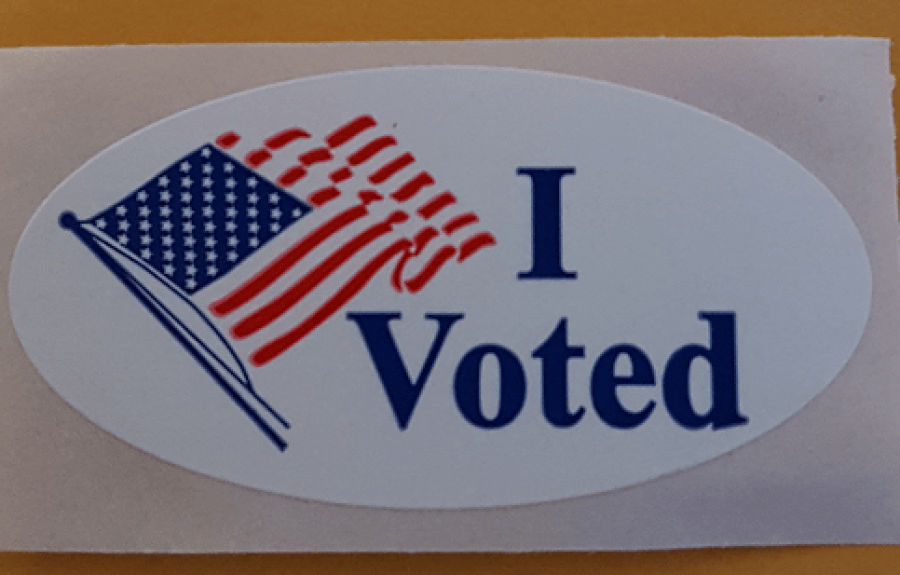
The visibility of American voters has transformed over the course of U.S. history. In recent decades, personal displays of voting have become more explicit and individualized. This is due in part to the “I voted” sticker, a small adhesive slip distributed to voters on election days by many U.S. polling districts. The stickers originated in the 1980s when local businesses began circulating them and offering discounts to wearers. Today, the stickers can be seen all over the country with dozens of variations for polling districts in particular states and cities. Though they are generally distributed at the expense of local election officials, “I voted” stickers are purchased as investments in voter turnout.
It has become the norm in many states and localities for Americans to trade their vote for a sticker, which announces, affirms, and proves their political participation. “I voted” stickers call to mind similar media that designate the individual body as electoral subject, such as campaign badges attached to shirts or fingers dipped into indelible ink. By wearing a sticker, voters mark themselves as civically engaged citizens while others look on and potentially follow their example. However, “I voted” stickers neither advertise affiliation with any particular candidate nor provide a direct record-keeping service to the state. Instead, they facilitate affective performances of voting and citizenship that help to structure the subjectivities of voters themselves. They reflect a choice to display citizen status and democratic participation. Yet, this seemingly small act of self-labeling also brings forth questions of identity. Who is able to engage in such displays, and who is excluded or discouraged from enacting them? How does designating the self as “voter” on election day and afterward impact one’s movement within and through public spaces? What sorts of media practices and interpersonal techniques are involved in performing electorate membership?
The semiotic power of “I voted” stickers is amplified through social media and the rising popularity of the “I voted” selfie, a genre of mobile phone self-portraiture that depicts its subject after voting. By sharing their stickers with co-located and physically disparate online social networks voters model citizenship widely and position themselves within a powerful and accountable group. In these selfies, voters construct indexical accounts of their voting behavior, often by photographing themselves with the “I voted” sticker worn badge-like on their chests; stuck on hands, coffee cups, laptops, and hats; or even covering their mouths and eyes. Some social media users who are unable to procure “I voted” stickers for various reasons—from voting absentee to being unable to vote at all—sometimes take selfies wearing homemade paper badges and signs made to mimic the original sticker. All of these displays are at once playful and functional, reminders of the embodied and material tools at our disposal to present the self and project political voice. Whether worn face-to-face or framed in a photo, the “I voted” sticker serves as a powerful indexical tool for political self-making.
Chelsea Butkowski is a PhD student in Communication at Cornell University. Her research focuses on visual and digital media technologies, self-representation, and political communication.
